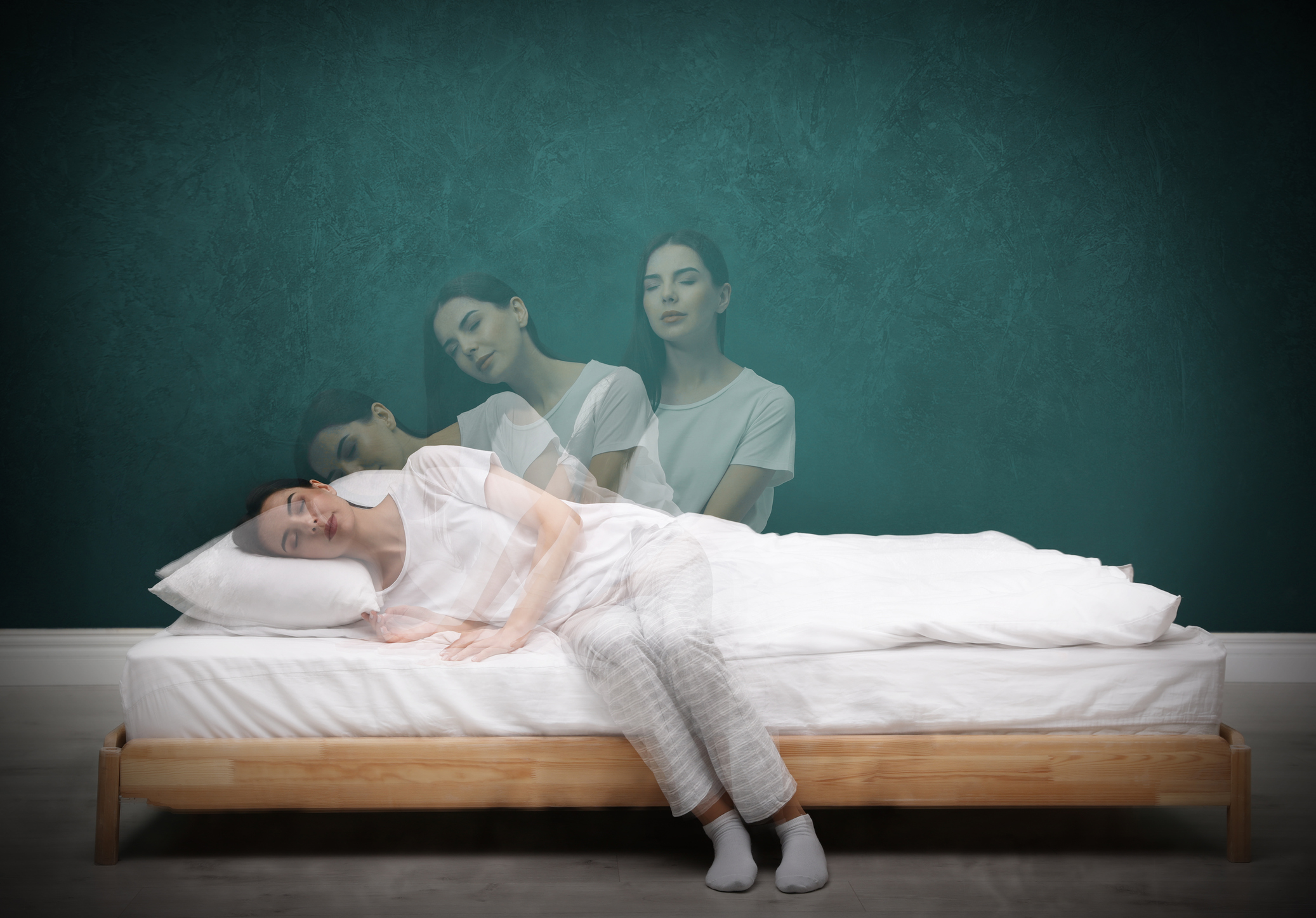Somnambulism. Sounds a bit like a cross between a weird disease and some sort of irrational fear. It’s the scientific term for sleepwalking. If you remember anything from your high school Latin class, you’ll recognize the two root words, somnus is "sleep" and ambulare means "to walk". Somnambulism is a sleep disorder characterized by episodes of walking or performing other complex behaviors while asleep.
Active Body, Sleepy Brain
Sleepwalking is thought to occur during non-REM (rapid eye movement) sleep, specifically during slow-wave sleep (N3), which is the deepest stage of sleep characterized by the most synchronized brain activity. It is believed to involve an incomplete transition between different stages of sleep.
For those who experience somnambulism, scientists hypothesize that certain motor areas of the brain become partially aroused while other parts remain asleep. This can result in a state where the body is somewhat awake and active but the higher cognitive functions and awareness remain impaired. This activation might lead to the performance of complex motor behaviors despite the brain's lack of full consciousness. Because of the disconnect, when individuals wake up from a sleepwalking episode, they often have little to no recollection of their actions during the episode.
Common Causes
The exact reasons for sleepwalking are not fully known, but several factors are believed to contribute to its occurrence. Sleepwalking episodes can be triggered by insufficient sleep, poor sleep quality or even high levels of ongoing stress and anxierty in daily life.
Occasionally certain medications, especially those that affect the central nervous system, can increase the likelihood of sleepwalking. Examples include sedatives, hypnotics, and antipsychotic medications. Other factors like night terrors, excessive alcohol consumption, or sleep apnea may also interrupt your typical sleep schedule and contribute to frequent episodes of sleepwalking.
Family Matters
So who are the most likely candidates to experience this strange state of hypnotic activity? Evidence suggests that genetics play a significant role in the likelihood of sleepwalking. If you have a family history of sleepwalking, you may be more likely to experience it yourself. In fact, research has found that children with one parent who has ever been a sleepwalker are three times more likely to sleepwalk themselves.
Generally, sleepwalking is much more common in children and tends to decrease as people grow older. It often occurs during childhood and adolescence because the brain is still developing and maturing. Around one in 10 children are sleepwalkers as compared to one in 50 adults.
Dangerous Steps
Sleepwalking can be dangerous simply because accidents can easily happen when your body is functioning but your brain is unaware or out of control. Sleepwalkers can trip, fall, or collide with objects, leading to injuries such as cuts, bruises, sprains, or fractures. They might unknowingly engage in activities that could lead to accidents, such as trying to cook, operate machinery, or drive a vehicle while asleep. Or they may end up in potentially hazardous locations, such as near stairs, balconies, open windows, or swimming pools.
To mitigate the potential dangers associated with sleepwalking, here are some safety measures to consider:
- Keep windows and doors securely locked.
- Avoid sleeping in upper bunks or elevated places.
- Remove sharp objects or potentially harmful substances from the sleep area.
- Consider using alarms or vibration devices that can alert you if you start to sleepwalk.
- Inform family members or roommates about your sleepwalking tendencies so they can assist if needed.
